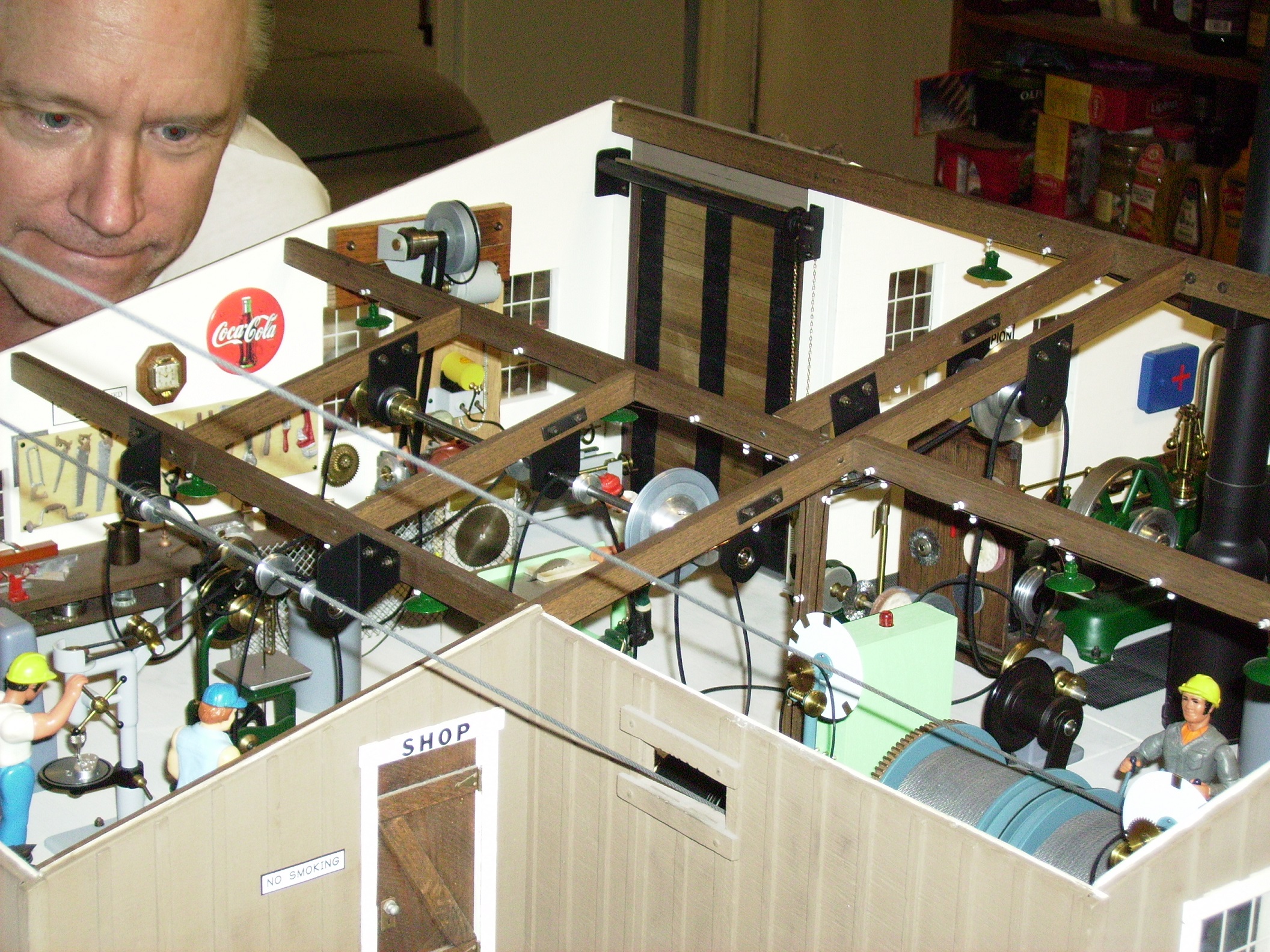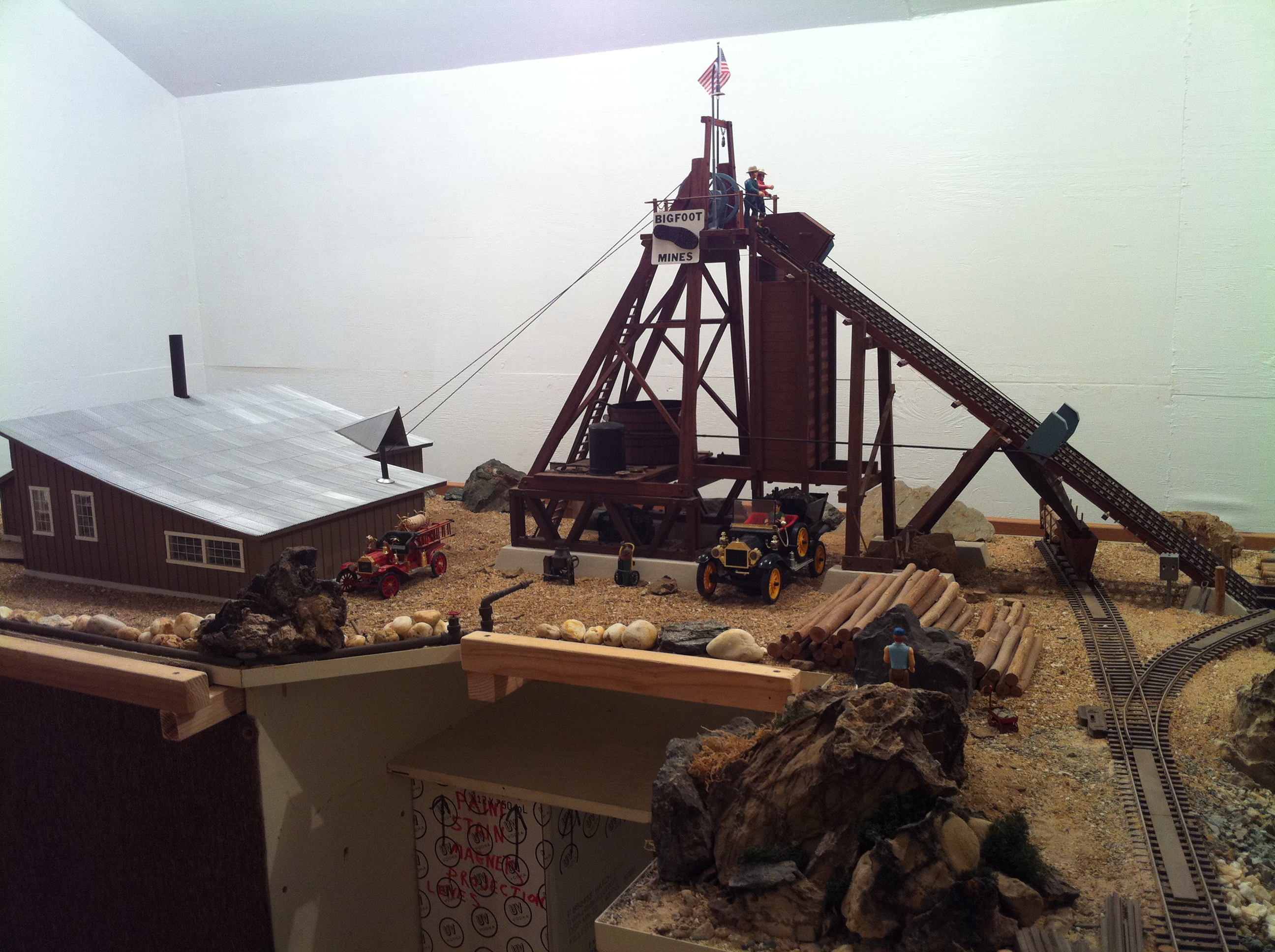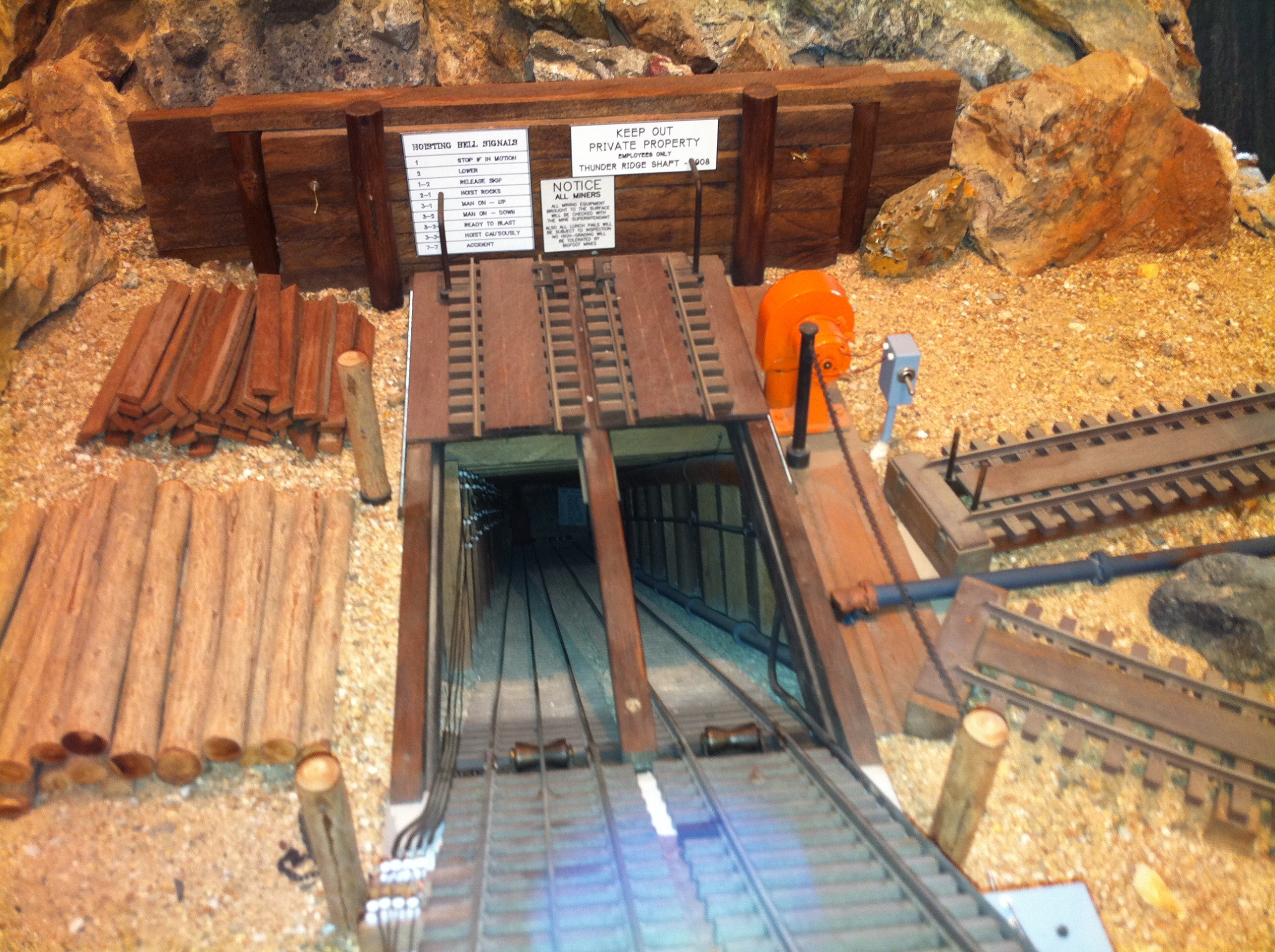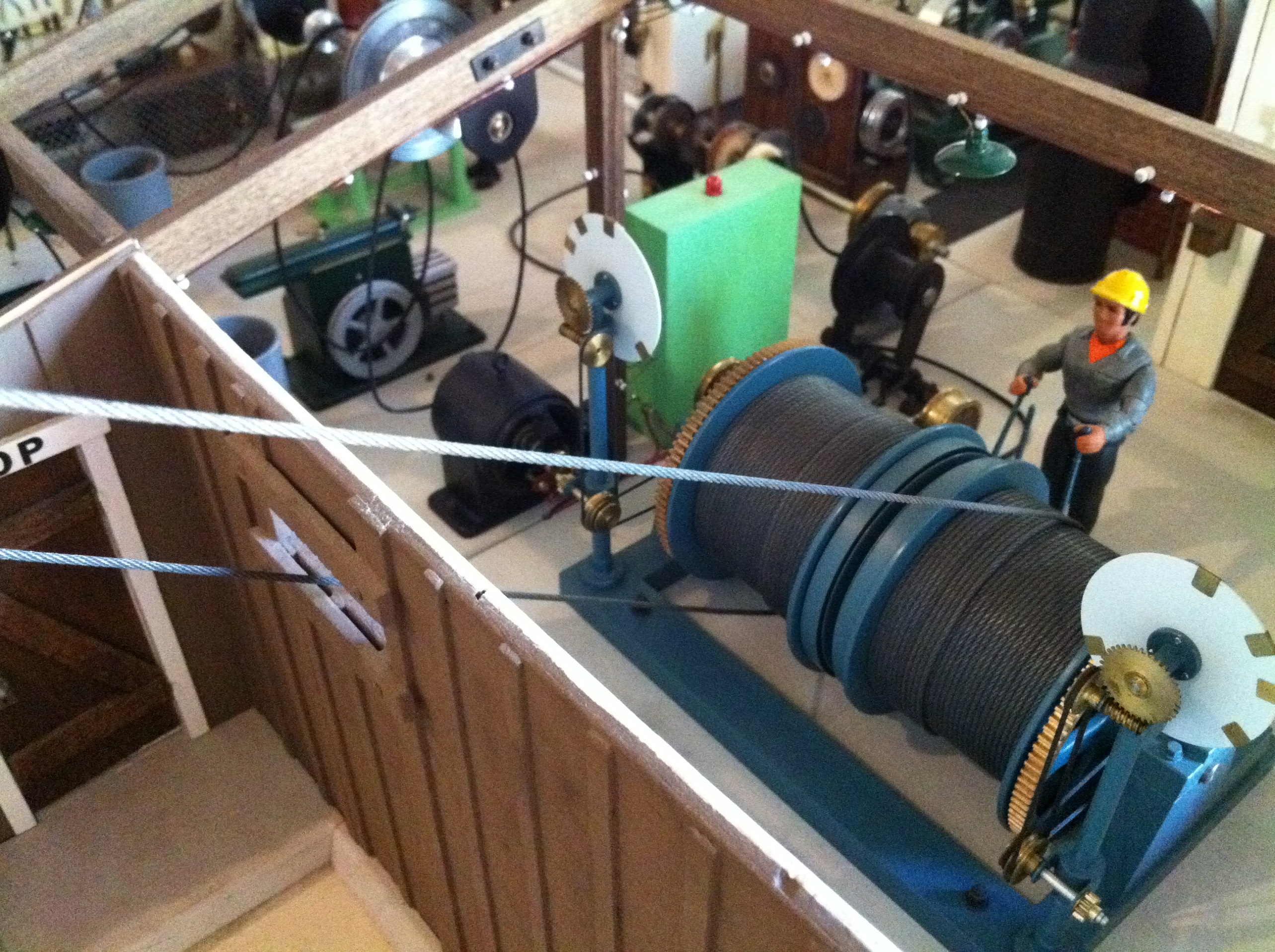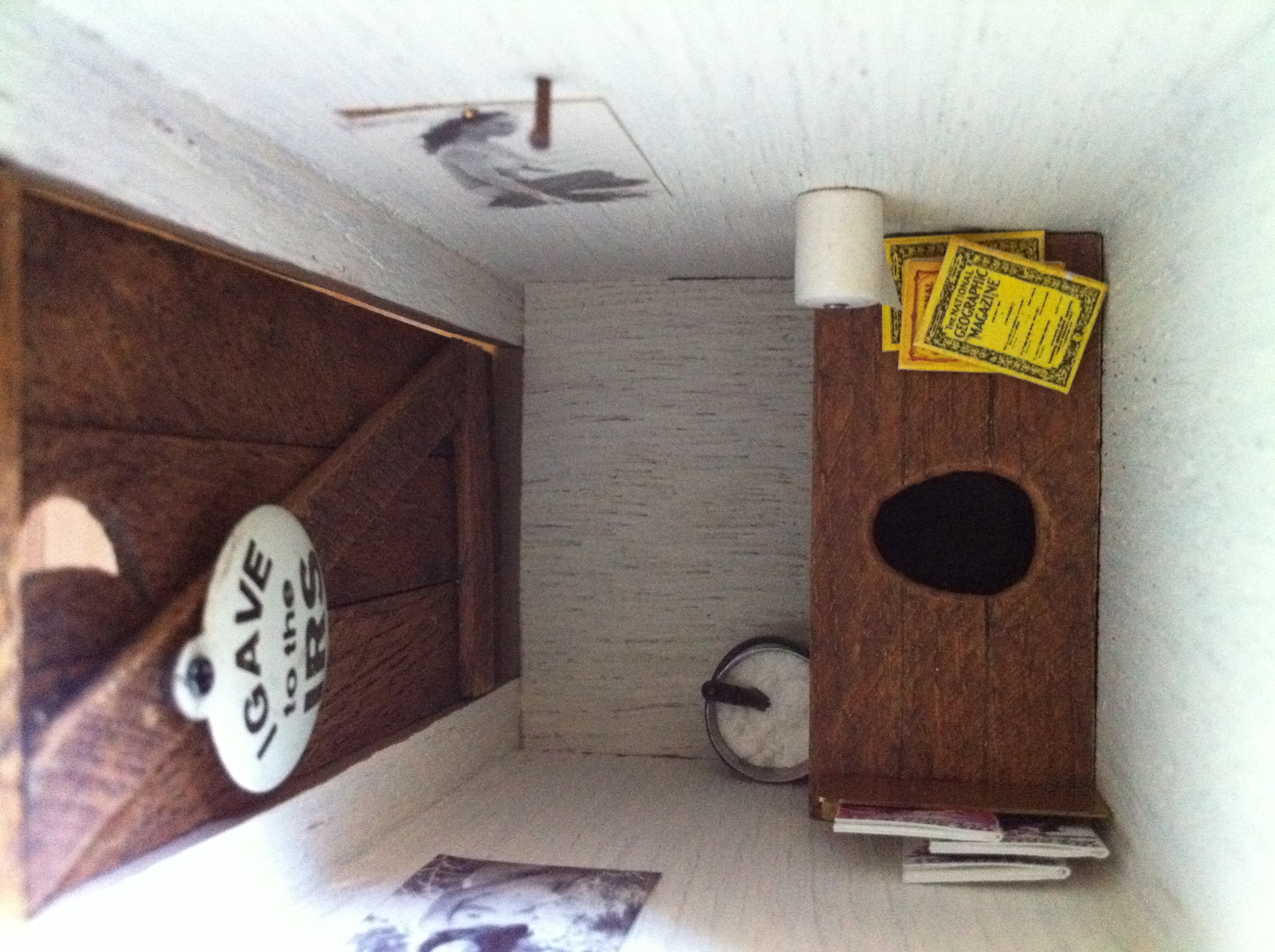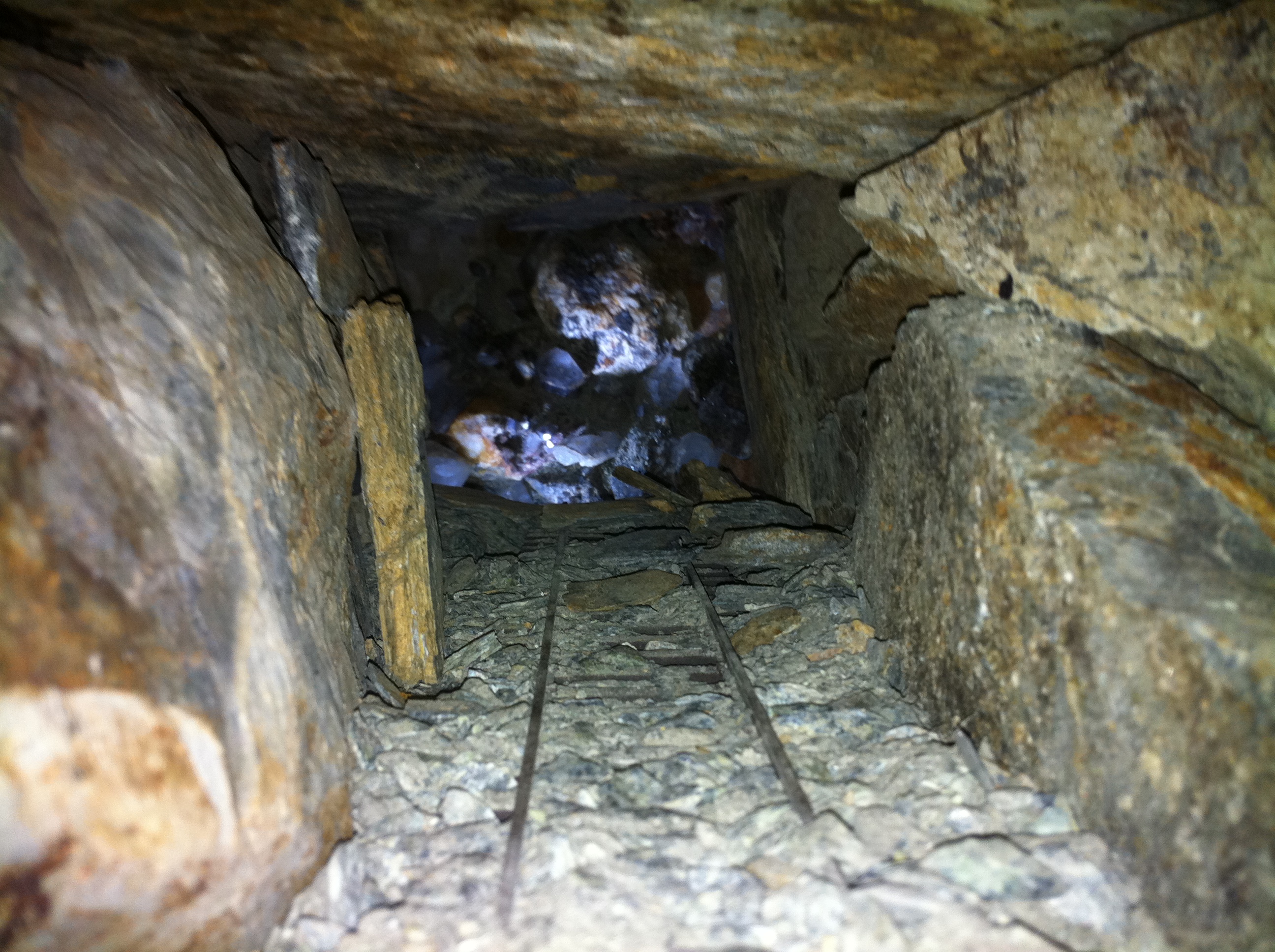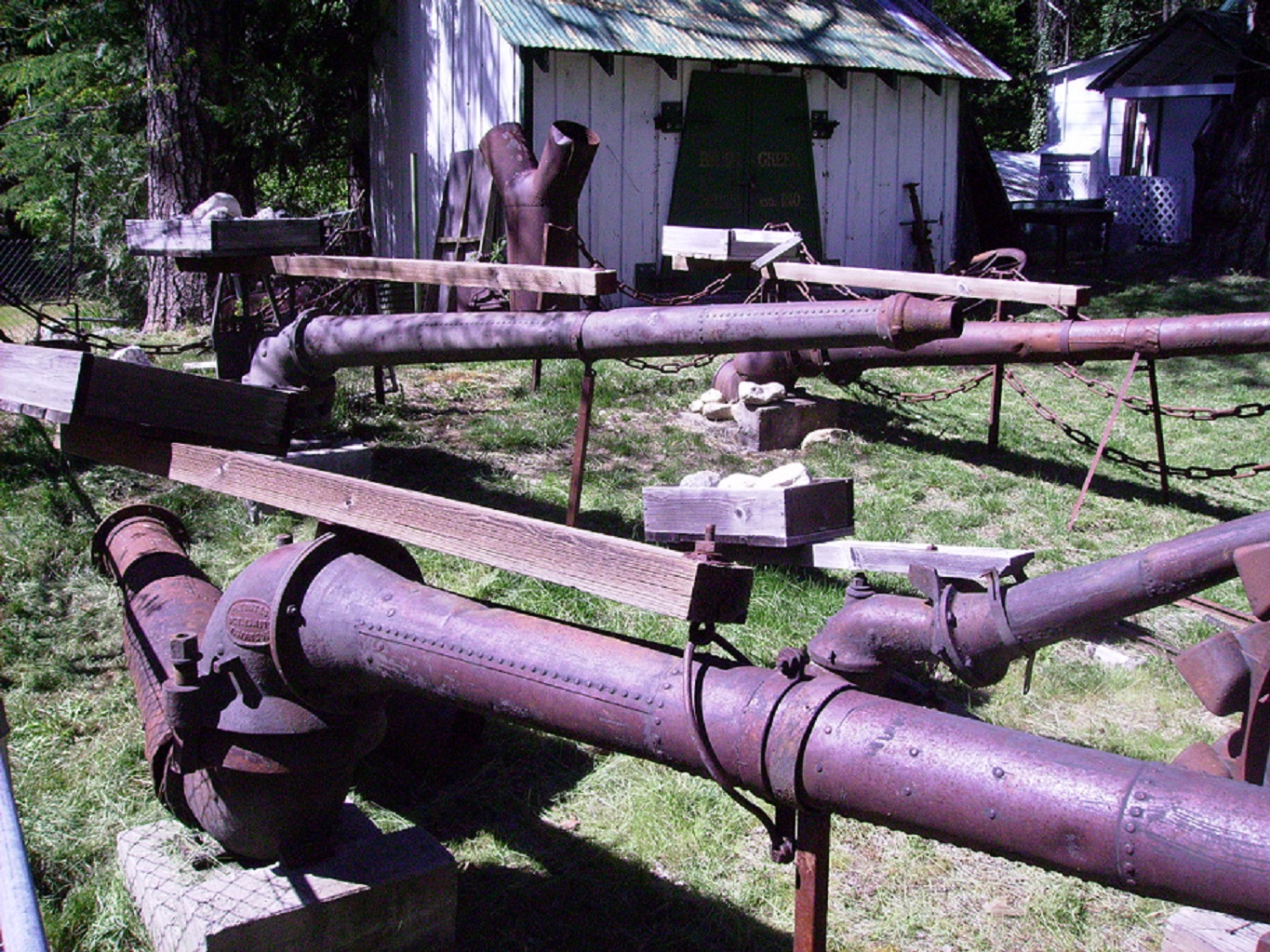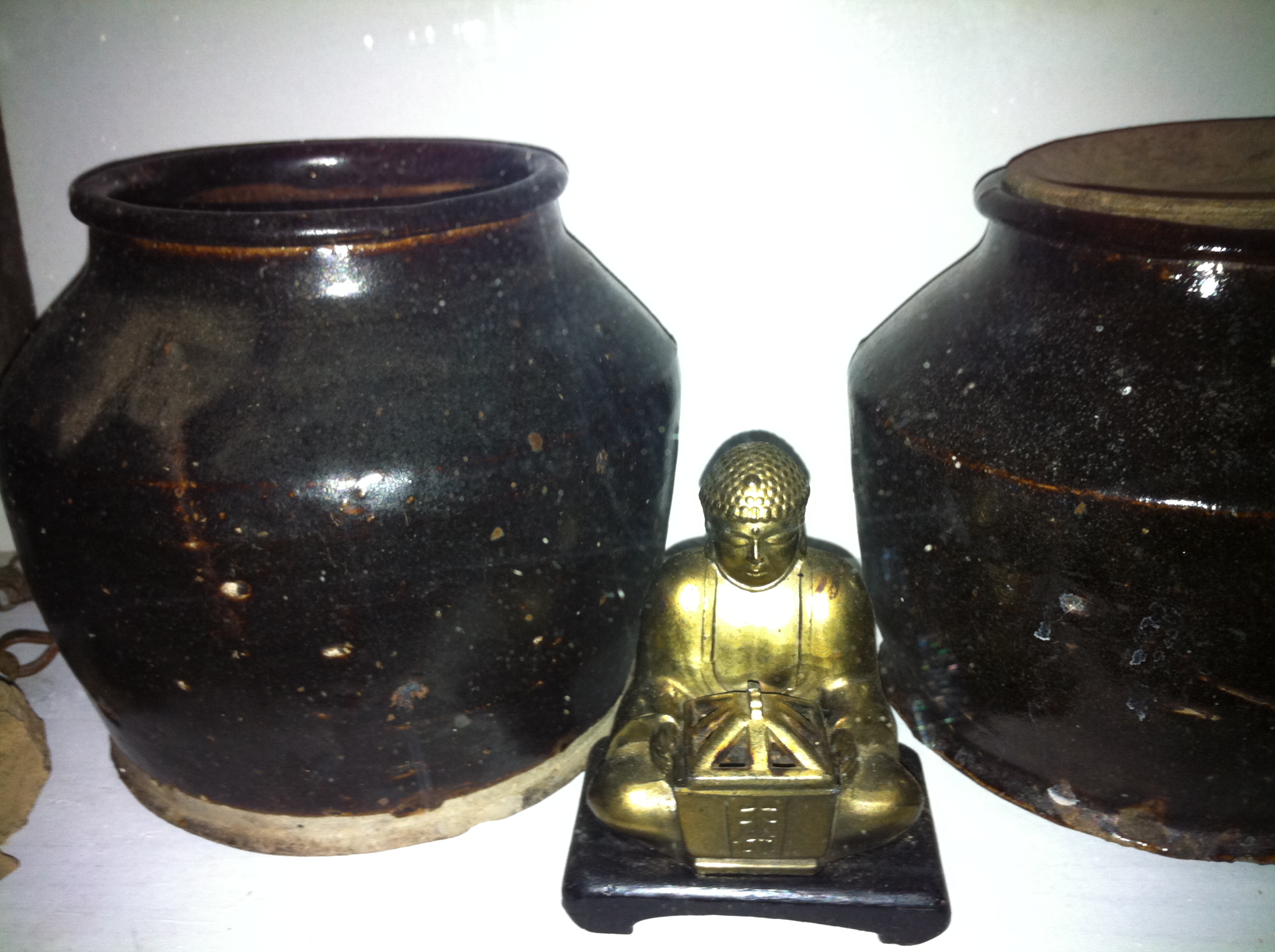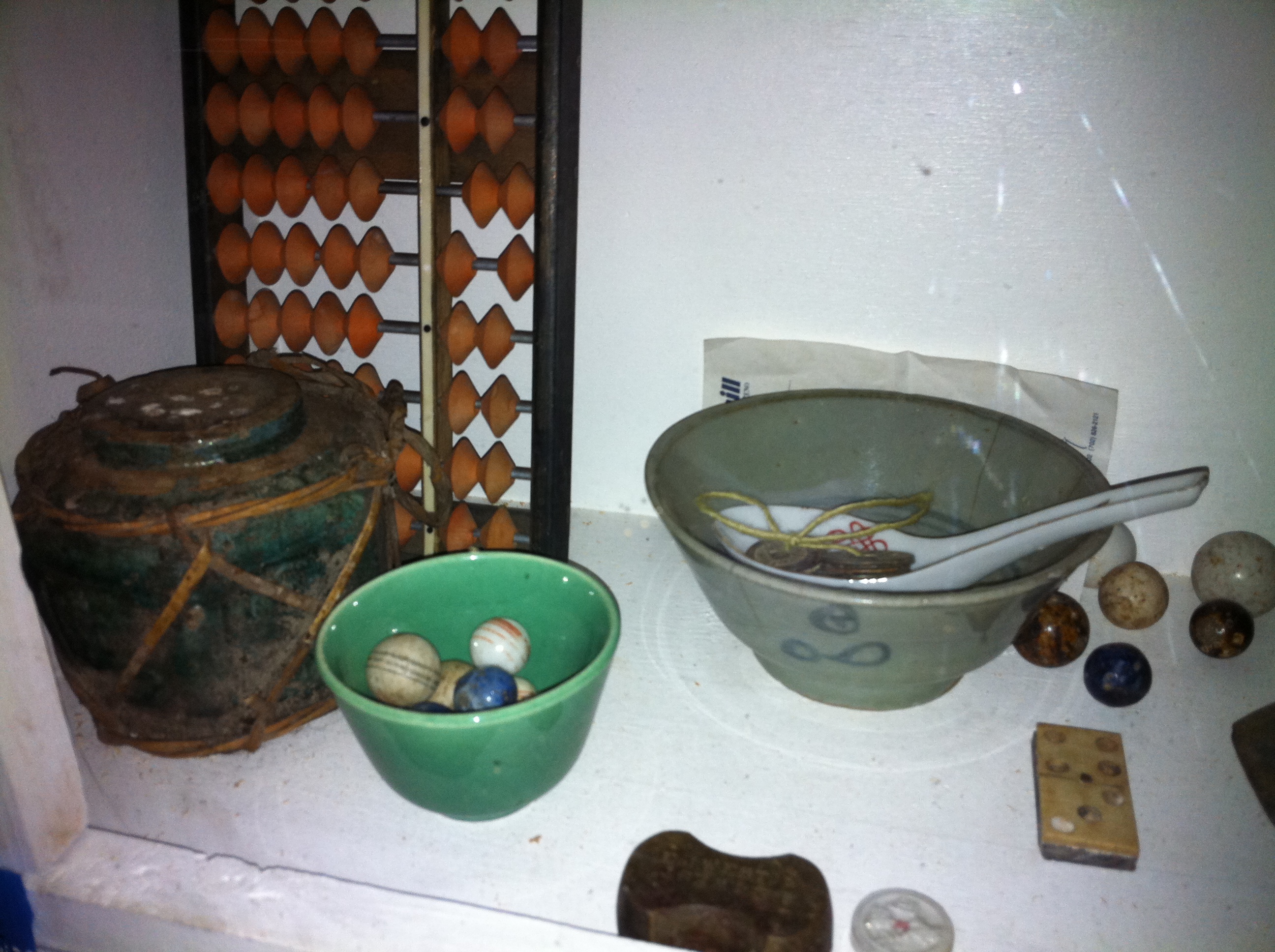Wells Witmer
Wells Witmer lives in Goodyears Bar. He designed and built the scale model gold mine. He worked for Civil Engineer for 10 years as a CAD designer, and an amateur geologist.
So glad you stopped by! Take a look around, schedule an appointment, come see the Museum and the artifacts in it!
Welcome to Bigfoot Mines - Thunder Ridge Shaft, a fully operational 1/20th scale model diorama of a typical Gold Mine of 1918. The headframe/incline is similar to the Empire Mine in Grass Valley, California.
Construction began in 1975, with the donation of the Jensen Engine and Tools, and remains a work in progress.
All equipment is powered by a Steam Engine through a system of belts. All buildings and equipment are chronologically correct, all things would ave existed in 1918. All things are kept as close to proper scale as possible, and are built the way they would have been at that time.
Many of the machine tools and equipment were built from scratch, the engine and other machine tools were heavily detailed from the original Jensen Live Steam Engine and machine tools.
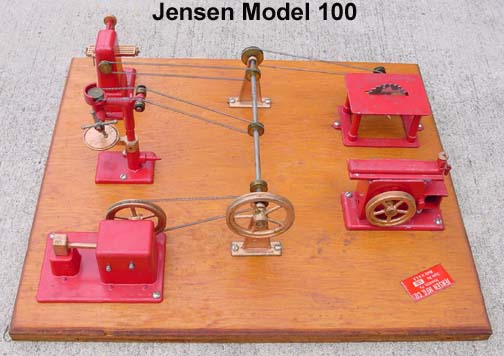
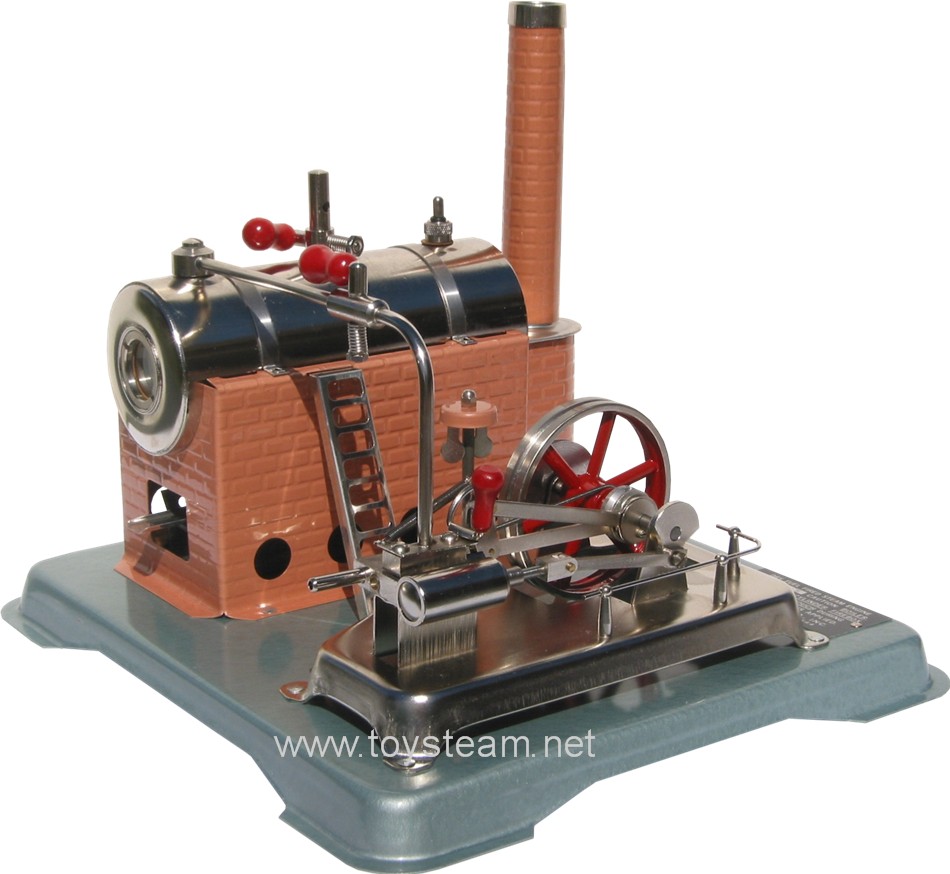
JENSEN LIVE STEAM ENGINE AND MACHINE TOOLS
Water was boiled by sterno or canned heat under the boiler. These little engines were often sold to power erector sets.
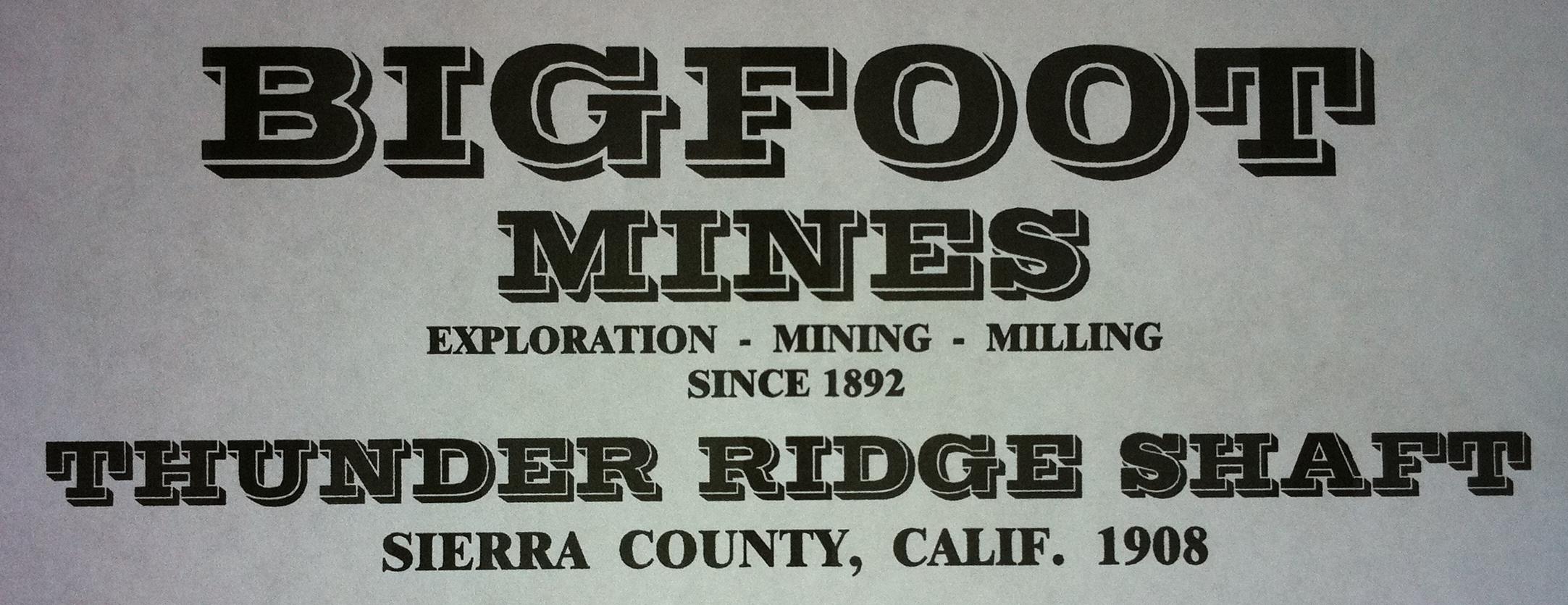
Modified Steam Engine
The engine is now powered by compressed air. A Fly Ball Governor was added, also Grease Cups, Oil Cups, Head Bolts, Steam Gauge, a Whistle, and 500+ Miniature bricks under the boiler with fake fire underneath.
MACHINE SHOP - ENGINE - HOIST
MAIN COLLAR
Additional Scratch Built Equipment include a Twin Drum Hoist, with an animated hoisting engineer. Also look for a band saw, lathe, generator, air compressor, and a grinding, sanding, buffing center.
Parts from clocks, watches, video tape recorders, copier machines, bic lighters, radios, computers, band-aid boxes, dial telephone, and many other sources were used to make the equipment.
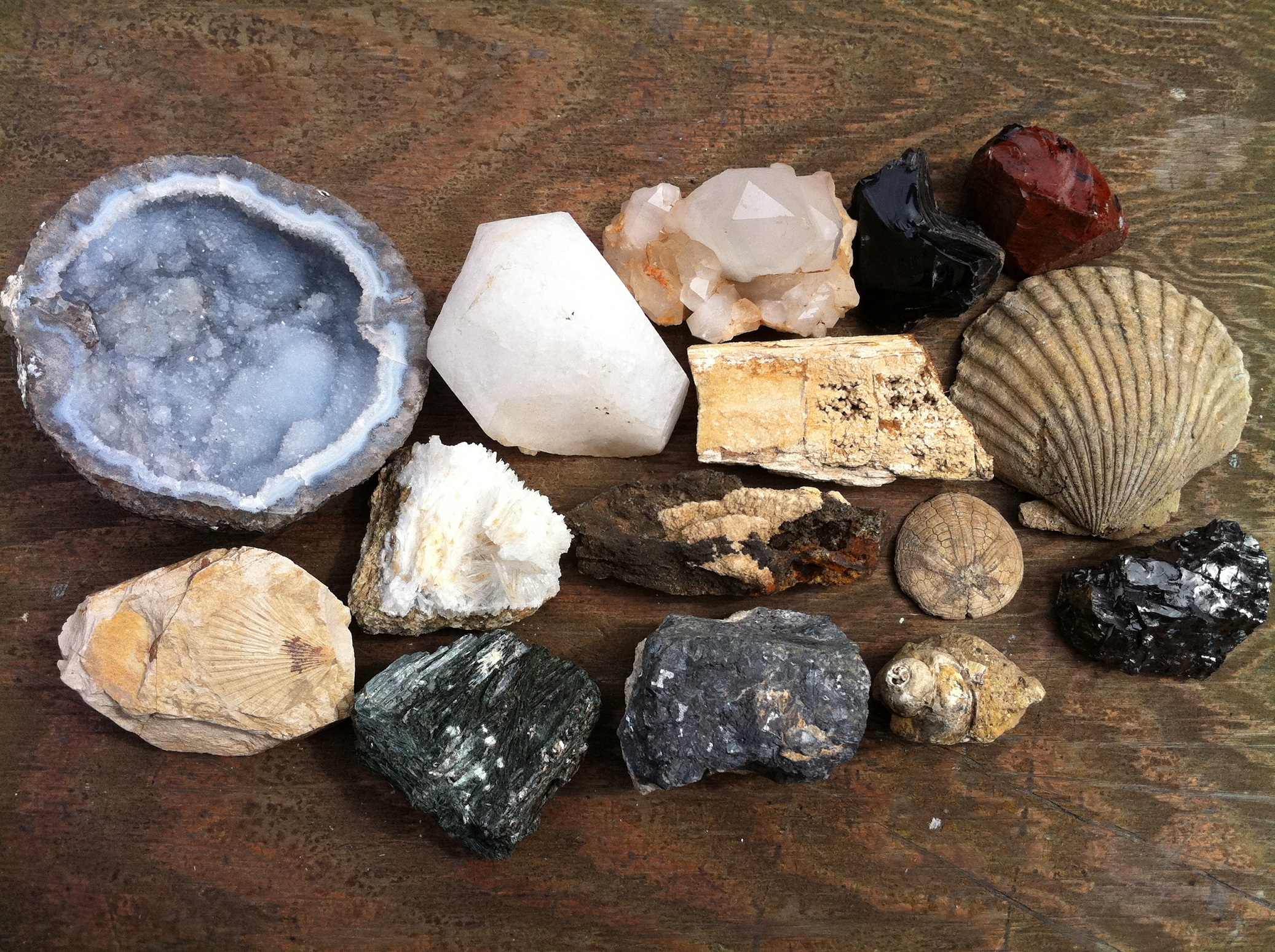
FOSSILS - ROCKS OUTHOUSE
ABANDONED CRYSTAL CAVE
Featuring the Largest Exhibit of Hydraulic Monitors in Sierra County
Sierra County was at the center of the California Gold Rush of 1849-1856. When people heard of the discovery of Gold in he Sierra and of the easy pickings, a majority of men wanted to go at once and find the gold. There were reports of boat owners in San Francisco setting fire to their ships to keep them out of the hands of others in their haste to come to Sierra County. However, once they got here they found the pickings were not so easy.
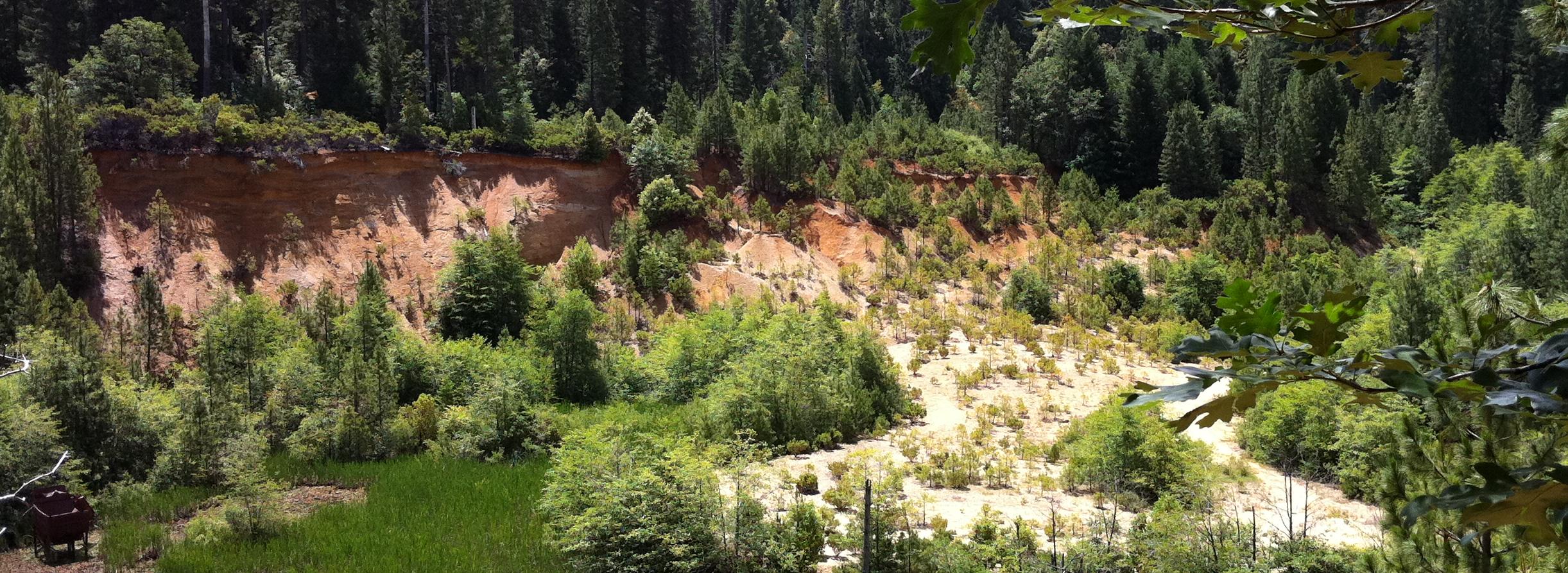
Erosion at Joubert Diggings was caused by Hydraulic Monitors.
At first the Gold was easily found in the Rivers and creeks. Hydraulic Mining washed tons of material through Sluice Boxes and into the rivers, which silted much farm land into the Central Valley of California. Because of this, Hydraulic Mining was outlawed unless all discharge was captured in a Tailing Dam.
Soon the gold was followed underground where it was found in quartz veins and buried ancient riverbeds. Early miners had only candles for light, and a soft cap similar to a baseball cap was their only protection. Later came the carbide lamp and then the electric rechargeable lamps.

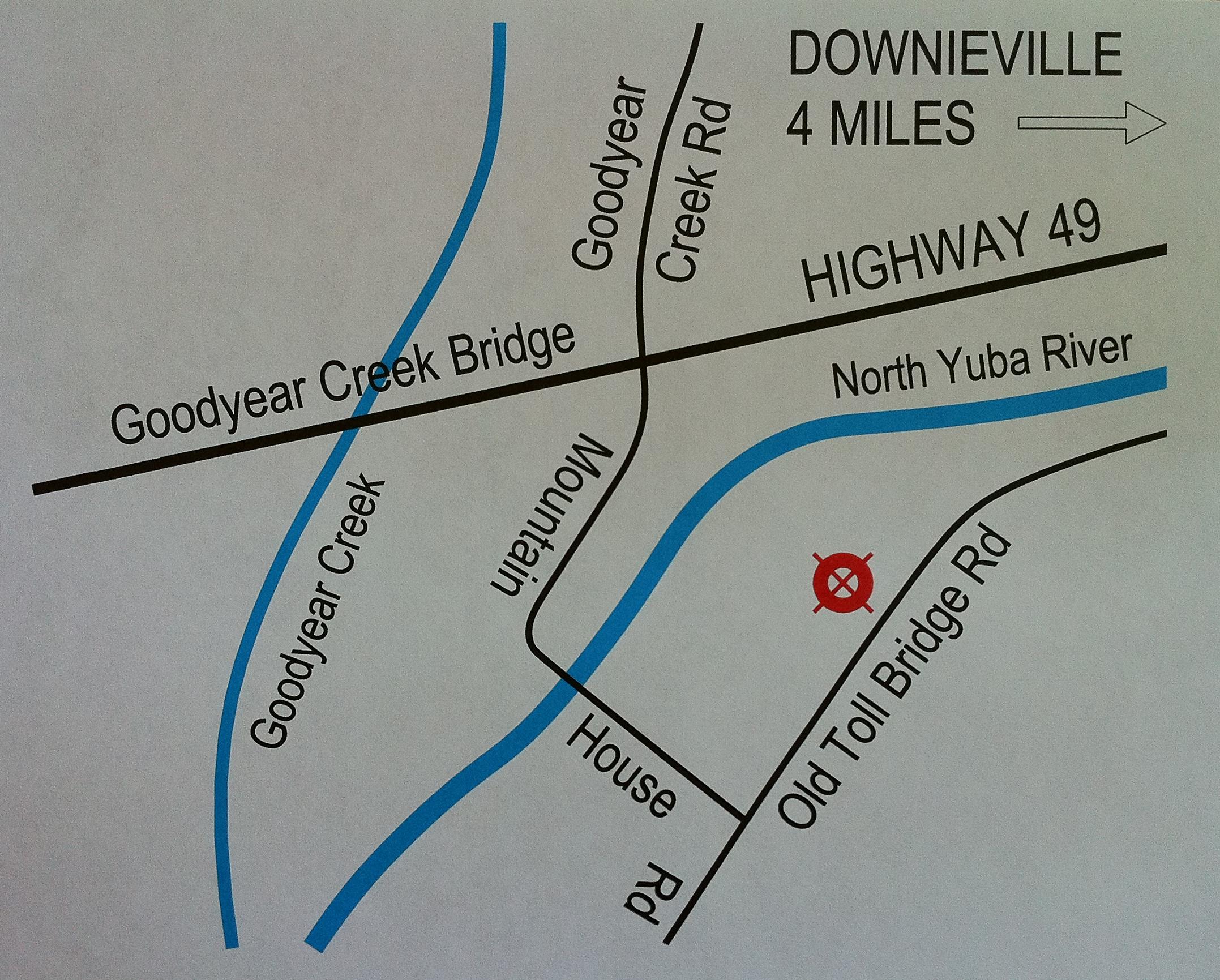
The Museum is located just off Highway 49, four miles downstream from Downieville. If you are traveling East towards Downieville, just after crossing the Goodyear Creek Bridge, turn right onto Mountain House Road, follow it down and across the North Yuba River, up to the stop sign and turn left to the Museum.
Goodyears Bar Schoolhouse Museum came into existence in 2011. The museum Collects, Displays, Preserves, and Interprets Objects and Materials pertinent to an understanding of Sierra County History. Originally a One Room Schoolhouse, it was built by subscription of local materials from Snakes Bar in 1862. Snakes Bar is located between Goodyears Bar and Downieville. This building is the original one room schoolhouse structure that survived the great fire that swept through Goodyears Bar in 1864. Building additions were made in later times. The museum offers a Native Indian Exhibit, a Chinese Exhibit, an Old Schoolhouse Exhibit, a Mining History Exhibit, a Scale Model Gold Mine Exhibit, and a Rock, mineral, and Fossil Exhibit. Artifacts, Instruments, Pictures, and Relics from the History of Sierra County are displayed.
The Chinese played a part in Sierra County History. There were over 400 Chinese in Goodyears Bar in 1850.
The Chinese came to California by the thousands, working long hours for low pay. Fas ships called Brigantines brought the Chinese to San Francisco. They then traveled overland to Sierra County. There were three main Chinese Settlements around Goodyears Bar in the 1850's. The northeast end of Goodyears Bar on the Meadow known as the Wright Ranch - the point across from the Mouth of Goodyears Creek - Ramshorn just southwest of Goodyears Bar.
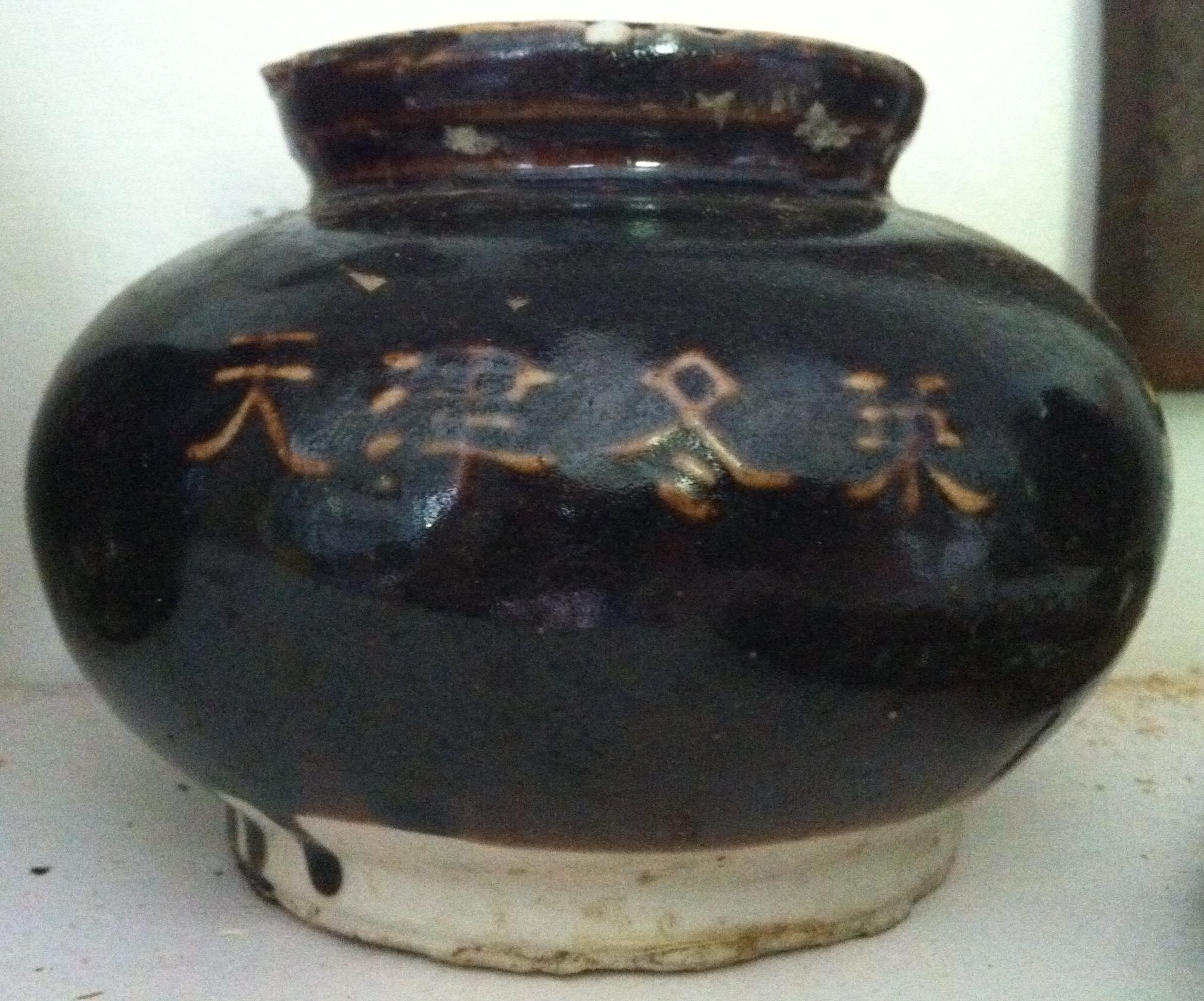
The Chinese Exhibit contains artifacts from the Chinese during the Gold Rush of 1849 in Sierra County. Displayed are the Rice Wine Jugs, Ginger Jars, Chinese Bwls, Rice Containers, a Gold Dust Blower and Scales, Food Containers, Marbles, Abacus, and other Artifacts.
